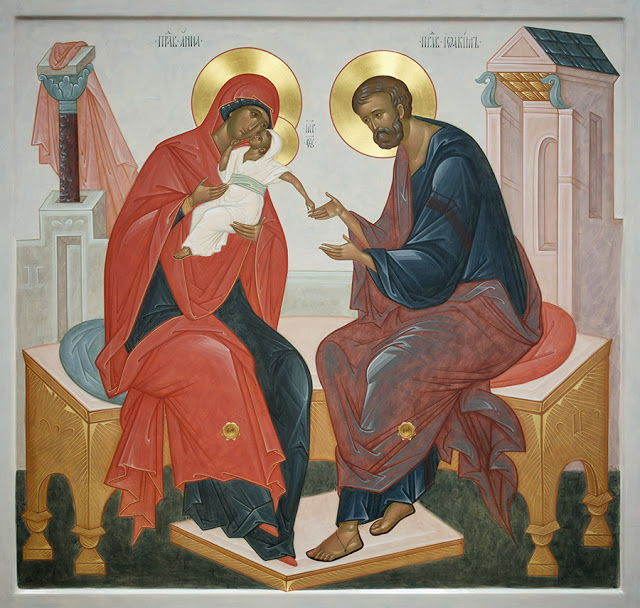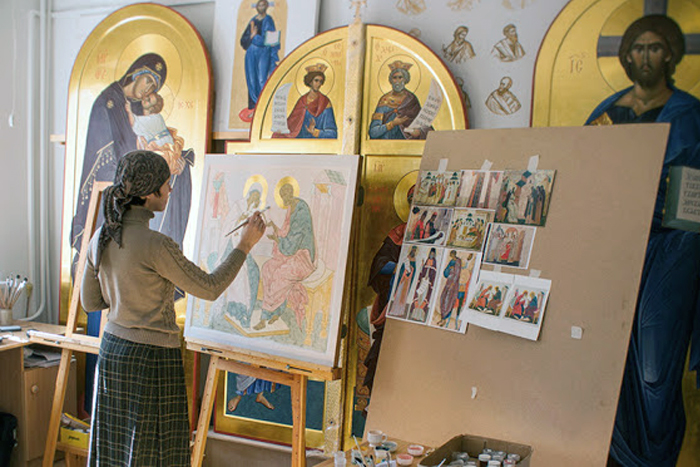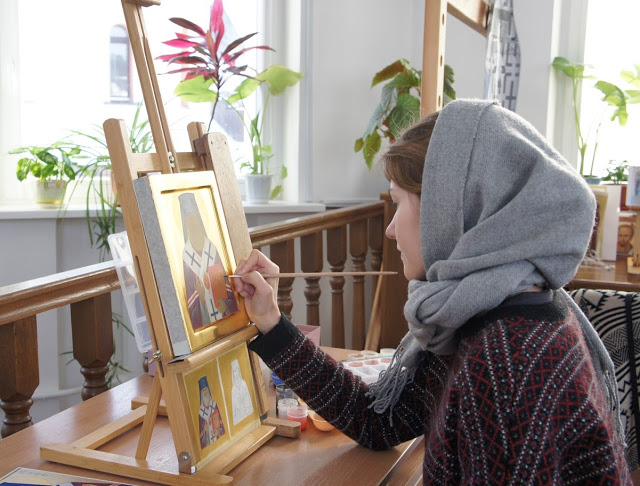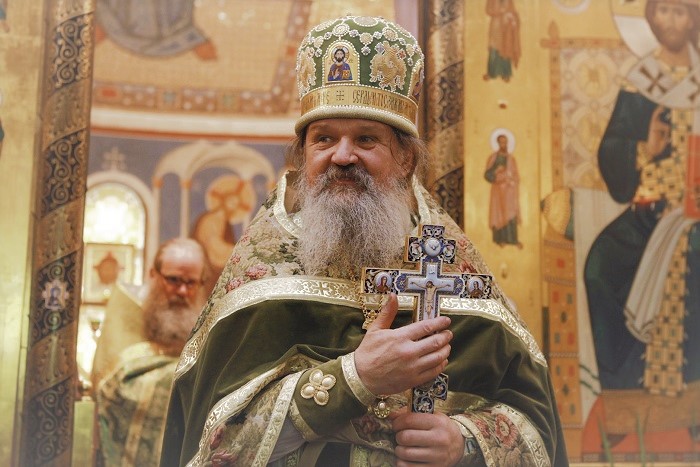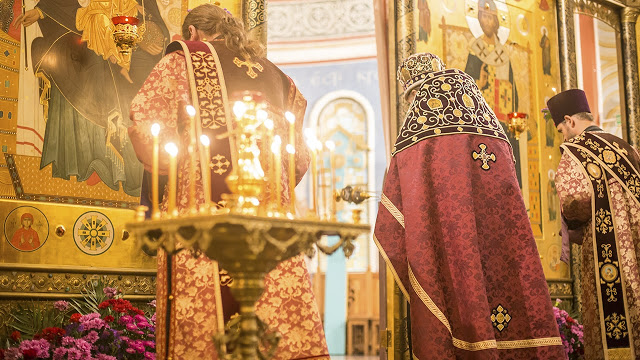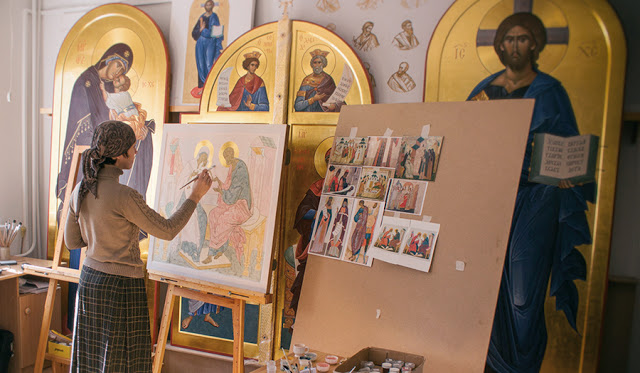
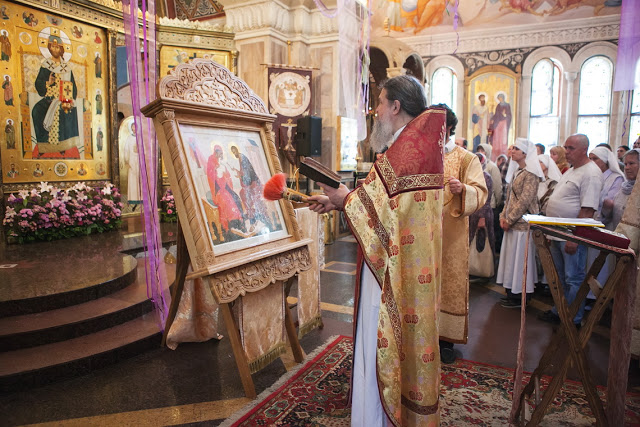
“It just so happens that I have had the honor of painting all of the icons that are located within the walls of the church in honor of St. Elisabeth (with the exception of the iconostasis, which was painted by Father Sergius Nezhbort and a few of the monastic sisters). The first icon was of the Elders of Optina – which I started working on in 2000. Back then, the monastery was still under construction and our icon painting studio was located in a half basement in one of the sections of the hospital nearby.
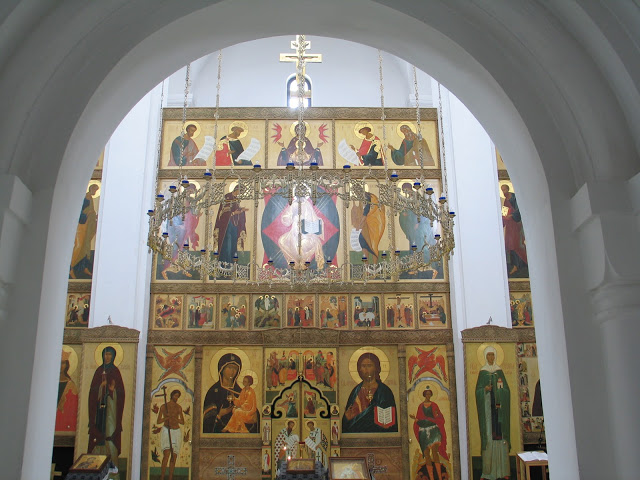
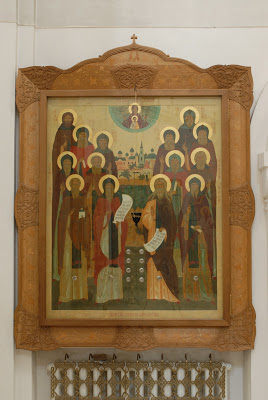
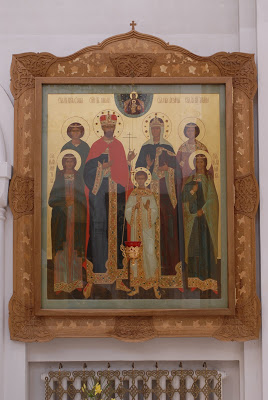
The icons of Saint Ignatius Bryanchaninov and Saint Sergius (the spiritual father of the convent in honor of St. Martha and Maria) were made in remembrance of the reposed relative of one of the convent’s donors. When I was finishing the icon, we had all of the documents ready and approved to adopt our two sons, Father Andrew referred to these icon as my last work because he felt that having children would make it difficult for me to continue working as an iconographer. Nevertheless, as my children grew up I was able to return to painting icons although I still have a lot less time.
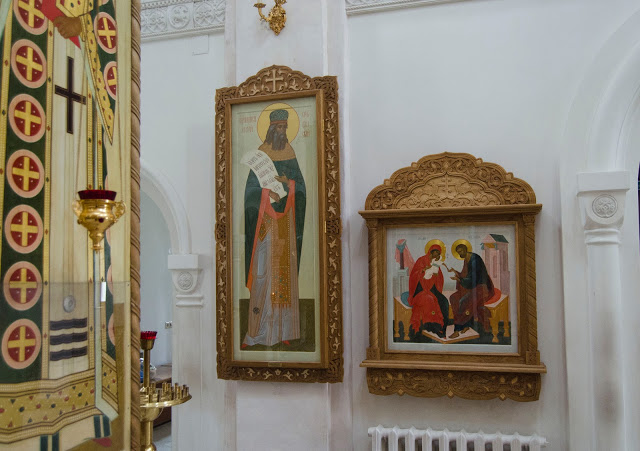
When our parishioners began to gather donations to paint the icons of Saints Joachim and Anna, many questions came up: “Why are they being painted for so long?” It nearly a year and with pauses. This was all due to the constant illness of my children. After that, you have a lot less spiritual strength, as the children require constant attention. On the other hand, the icon may have come out the way it did because of my new experience in parenthood.
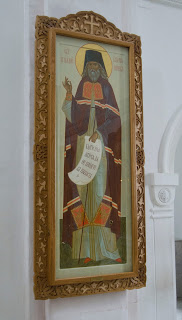
At first, it was planned that the saints would be painted from the waist up. However, when I started making the sketch I realized that I wanted have a more detailed context of the life of Saints Joachim and Anna. I wanted to show the peak of their earthly joy, the feat of their patience and their trust in God. I am not a fan of the term that every saint is classified by certain “needs” but still every saint has certain feats and “being tempted, He is able to aid those who are tempted”. Saints Joachim and Anna suffered because they could not have children, which is why people often turn to them with prayer askin for help in giving birth and raising children and the overall family well-being.
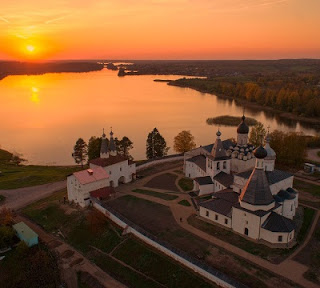
We visited the Ferapontov Monastery in the Vologda region of Russia several times. Currently, it is functioning as a museum. I highly recommend vising it if you have not been there. Nature is very beautiful there but the main features are not in the environment. The most unique features are found in the ancient Russian frescoes of the 15th Century ( perhaps even the one ones of their kind!) which have been saved and kept in the full capacity! The church was painted by one of the well-known ancient Russian iconographers – Dionysius. The soul truly freezes in awe from its beauty!
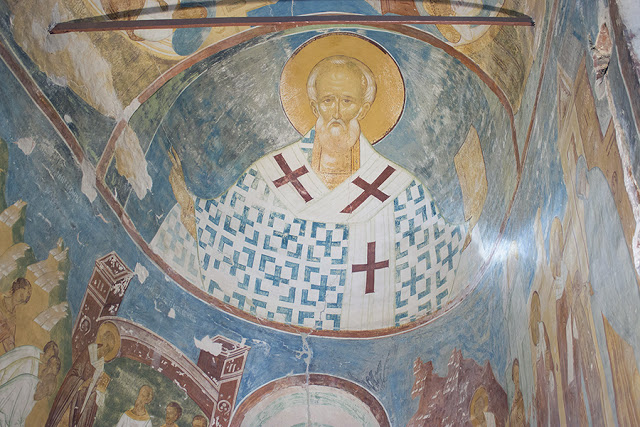
Father Andrew remembers one of the images that truly amazed him and which he could never forget. He kept thinking who this wonderful saint was. Later he learned that it was Saint Nickolas the Wonderworker (I would also like to add in my opinion that this image has a very merciful look towards human suffering. It is an image when a photo cannot capture because Saint Nickolas is depicted with his raised hands on an oval part of the wall over a small portion of the altar and when you stand right in front of the image of the saint it seems as if you have fallen under his embrace.) About 20 years later Father Andrew helped build the church of Saint Nickolas – the first church constructed in St. Elisabeth Convent
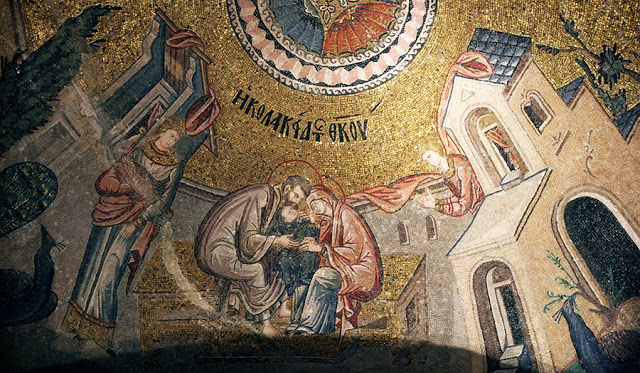
I had a chance to see the same image in Constantinople (Istanbul). There are only two churches left in the city with ancient Christian mosaics: Hagia Sophia and the Chora Church. Now it is a museum where large crowds of tourists pass through. The Chora Church has an entire cycle of mosaics dedicated to the Nativity, childhood and youth of the Holy Theotokos. Among them is the image of the Mother of God with her parents. You cannot look at this image without a certain tender feeling. Next to it is another image called “First seven steps of the Virgin”. In this image, a servant is holding the young Girl who is making her first steps with outstretched arms towards her mother – Saint Anna.
